
OR
Opinion
Secure Demographic Dividend by Attending to Nepali Youth Now
Published On: June 30, 2021 05:33 PM NPT By: George Varughese and Richard Howard


George Varughese and Richard Howard
(George Varughese is Senior Strategic Advisor at Niti Foundation, a Nepali not-for-profit public interest organization that accompanies in Nepali-led public policy reform. Richard Howard is the Director of ILO Nepal.)news@myrepublica.com
More from Author
Nepal’s current positive population ratio is extremely favorable for investments in rapid economic growth and stability, as evidenced by examples from other contexts such as the East Asian economies of the latter half of the previous century. The flip side to this demographic window of opportunity is that countries with a large and growing number of unemployed young adults are vulnerable to conflicts.
Nepal’s 12th census was recently postponed. As the first census in federal Nepal, it promised to be the most inclusive and ambitious exercise in the country’s modern history and further expected to have serious implications for policy making.
The census when completed will likely confirm what has been known for a decade: that Nepal’s population is mostly young, with current estimates placing at least 4 in every 10 individuals in this group. Not only are there more young Nepalis than ever before, but also the ratio of working-age population to dependent-age population is very positive. This ratio is the most salient consideration for development planning and policy, and any change in this ratio affects the strategic choices for the government.
Nepal’s current positive population ratio is extremely favorable for investments in rapid economic growth and stability, as evidenced by examples from other contexts such as the East Asian economies of the latter half of the previous century. The flip side to this demographic window of opportunity is that countries with a large and growing number of unemployed young adults are vulnerable to conflict.
In recent years, the UN and Nepal’s National Planning Commission have drawn attention to this potential dividend that can be gained by urgently prioritizing investments in the young. The urgency derives from the demographic window of opportunity for investment that has been calculated to be about 55 years, starting from 1992 and ending around 2047.
Regardless of when the 12th census figures become available, it is clear that Nepal is at the midpoint of its demographic window of opportunity in 2021. This begs the question: has politics and government in Nepal reflected the sober consideration of its youthful population? What do Nepali youth think?
The inclusion of youth in development and nation building is a recurrent theme in Nepali public policy, which recognizes youths as the “invaluable assets of the nation.” Under the Directive Principles, Policies and Responsibilities of the State, the Constitution of Nepal has envisioned “providing appropriate opportunities to youths… increasing their participation in [the State]… through the creation of an atmosphere for them to use their political, economic, social and cultural rights…providing special opportunities in educational, health and employment…through their personality development for their empowerment and all-round-development.” Echoing these principles, the National Youth Council Act (2015) envisions “preparing competent citizens for building an affluent nation by protecting and promoting the interests of the youth.” Youth Vision-2025 aims to make Nepali youth "strong, competent, competitive and self-reliant, to build a modern, just and affluent Nepal through their meaningful participation and promotion of their leadership capacity."
Juxtapose, then, this national vision for Nepali youth with findings of a recent survey of 2000 youth across the country, which reveals feelings of pessimism and hopelessness to be widespread across most respondents in that age group. Their low opinion of government performance during the pandemic and lack of trust in government machinery are clear signs of a widening gap between this critically important demographic segment and the Nepali state. Importantly, more than half of registered voters for the 2017 federal and provincial elections were in the 18-40 age group. According to current projections, this voting bloc will be even larger in 2022 and 2023, when the next elections are scheduled.
From protesting authoritarianism until the 1990s and pushing for republicanism in the early 2000s, youth have played a significant role in the many political movements and subsequent transitions in Nepal’s modern history. Most recently, they have led campaigns protesting, demanding accountability, and transparency from the government with regards to their handling of the COVID-19 pandemic. They are also frontline responders across the country, connecting and providing valuable emergency relief to COVID-affected families in the form of food, oxygen, medicines, and hospital facilitation. Young entrepreneurs have adapted quickly to the public health crisis by supporting their employees and building social and economic resilience through their micro, small and medium-sized enterprises. Like their volunteerism in the aftermath of the 2015 earthquakes, the rapid public approval, demand, and momentum of these initiatives show that youth are in touch with issues that concern public welfare and governance.
Despite their demographic prominence and demonstrated civic engagement over the past several years, Nepali youth do not seem better off. Formal statements of intent by government contrast starkly with high youth unemployment (around 69 per cent of unemployed Nepalis are between 15-34 years of age), heavy youth dependence on low-quality foreign employment(youth between 18-35 years of age comprise of more than eighty percent of the total labor migrant population), and high youth participation in the Nepali informal sector (around 58 percent of youth between 15-34 years of age are employed in informal sector), where wages are meager and job security poor.
Informal sector employees of which youth represent a significant proportion are the most vulnerable and are also the hardest hit by the COVID-19 pandemic. The Nepal Labor Force Survey 2017/18 shows that while young people between 15-24 years of age make up 20.3 percent of the labor force, they comprise only 18 percent of those employed. Of the employed youth between 15-24 years of age, 65 percent work in the informal sector (ibid). These youth are most likely to be paid below the prescribed minimum wage and work without any formal contractual relationship or social security.
Lack of decent work in Nepal has pushed youth to leave the country for foreign employment using any means necessary. The 2020 Nepal Labor Migration Report shows that since 2008/9, the Department of Foreign Employment has issued over four million labor approvals to Nepali workers, whose mean age is 29 and median age is 28. In 2017/18, 39 percent of total migrants were youth (between 18-24 years of age). This metric was 36 percent in 2018/19. Many of these youth have short-term contracts and are vulnerable to labor malpractices.
On the other hand, government programs like the Prime Minister’s Employment Program (PMEP), or the Youth and Small Entrepreneur Self-Employment Fund (YSEF) are not being accessed byyouth—especially women, members of indigenous communities, and migrant returnees—owing to lack of information, favoritism, and discrimination.
In addition to high levels of unemployment and dependence on low-quality foreign employment or informal employment, additional vulnerabilities of youth have been revealed by the COVID-19 pandemic. Among these, access to healthcare is significantly problematic. Historically, much of the focus for health care of the past has been directed towards children and the elderly. However, youth still remain susceptible to diseases like HIV and tuberculosis at alarming levels. At the beginning of the COVID-19 pandemic, nearly 90 per cent of infected cases were returnee migrants— around 70 per cent of whom were youth. Now, further, the mutated variants of COVID-19 have been infecting even the youth—leading to numerous health complications and even death.
Mental health issues are widespread among Nepali youth—the psycho-social triggers and vulnerabilities for mental health issues have been magnified by the pandemic. Suicide now averages at around 17 deaths per day; the majority, 57 per cent, of these deaths are within the age profile of 16-35 years. These grim statistics about the health and well-being of youth raise legitimate concerns about state’s preparedness and duty of care for Nepal’s most valuable demographic segment.
Nepal’s youth population is projected to grow by 7 percent and youth will constitute 44 percent of the total population in 2021. Being attentive to this key demographic is both a developmental and political imperative, not least because of rising distrust between youth, who form the largest voting bloc, and political parties who represent them.
There is an urgent need to transform governance in Nepal with youth as the preponderant focus of development and politics. For this to happen, political representation and government have to be sufficiently reflective of and attentive to youth interests. Youth require an array of services from state and non-state actors that range from quality education and health, decent work, employment opportunities, platforms for engagement in public life and policymaking, and more. Their increased vulnerability to diseases, income poverty and other externalities demand speedy and coherent delivery of these services. To reduce dependence on low quality foreign employment and integrate returnees, current government programs need reforms to address structural and social barriers to their tools and services, widen their scope, and introduce additional programs to create job opportunities within the country.
The government and development partners have to invest in concentrated efforts to be intelligent about the youth demographic in order to shape and deploy policy that takes advantage of Nepal’s fast-closing demographic window of opportunity. This requires better collaboration with youth associations and networks, greater representation of youth interests in political processes and parties, and an openness to formal youth involvement in problem solving of public nature. We do not have to wait for the census to tell us what is already known: attending to youth now will secure a prosperous and stable future for Nepal.
You May Like This

Accountability check
Now is the time for ministers of two-thirds majority government to take accountability issue really seriously ... Read More...
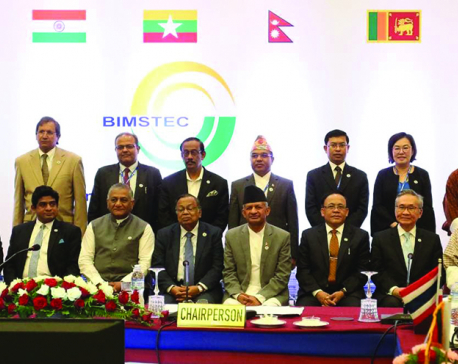
Some hard truths
BIMSTEC might have a hard time taking off because of growing mutual suspicions and New Delhi’s aspiration to ignore... Read More...
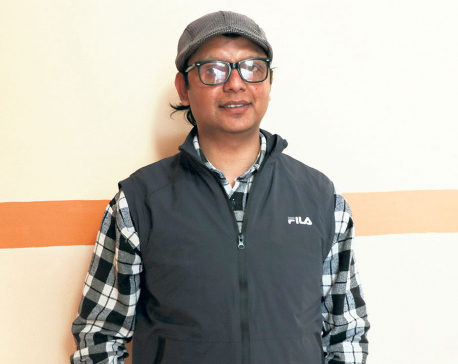
Examining grounds for public opinion
Sujit Mainali is a reporter and fact checker at South Asia Check, an independent initiative run by Panos South Asia... Read More...

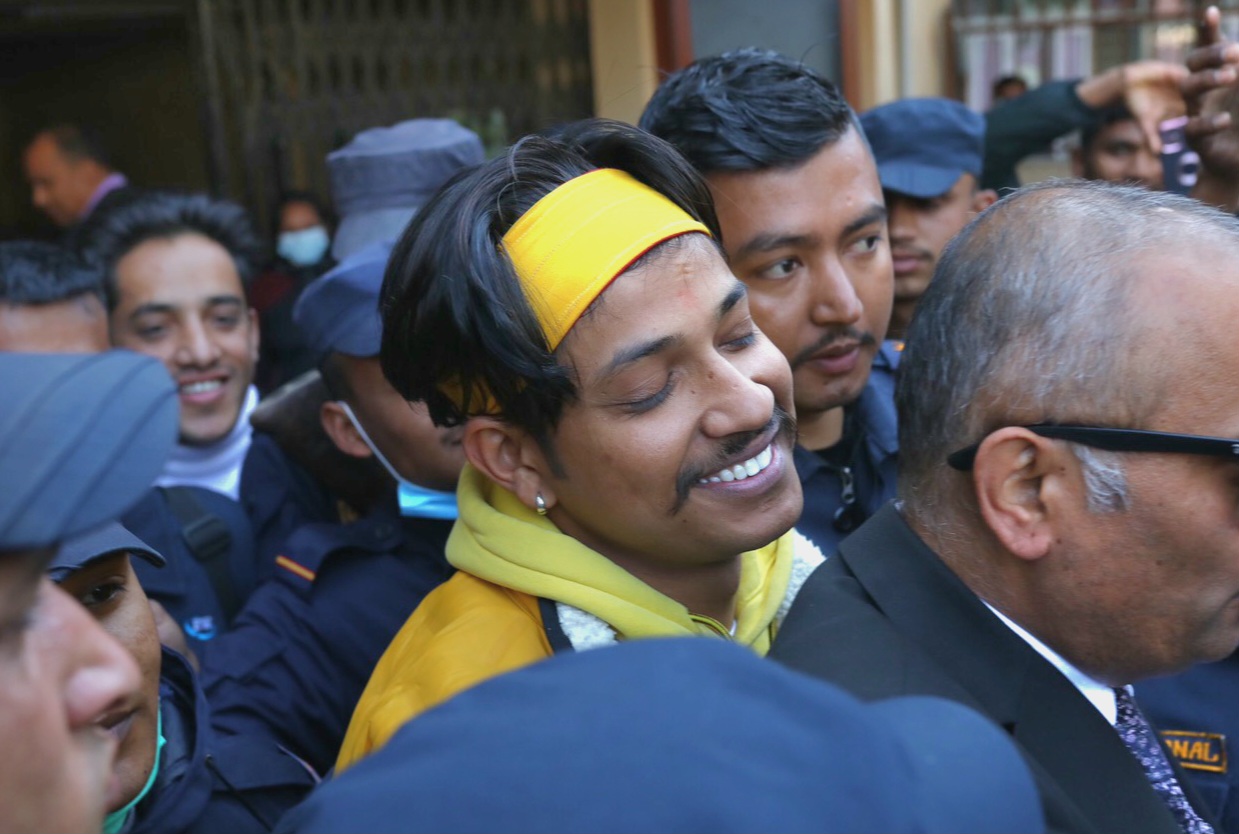
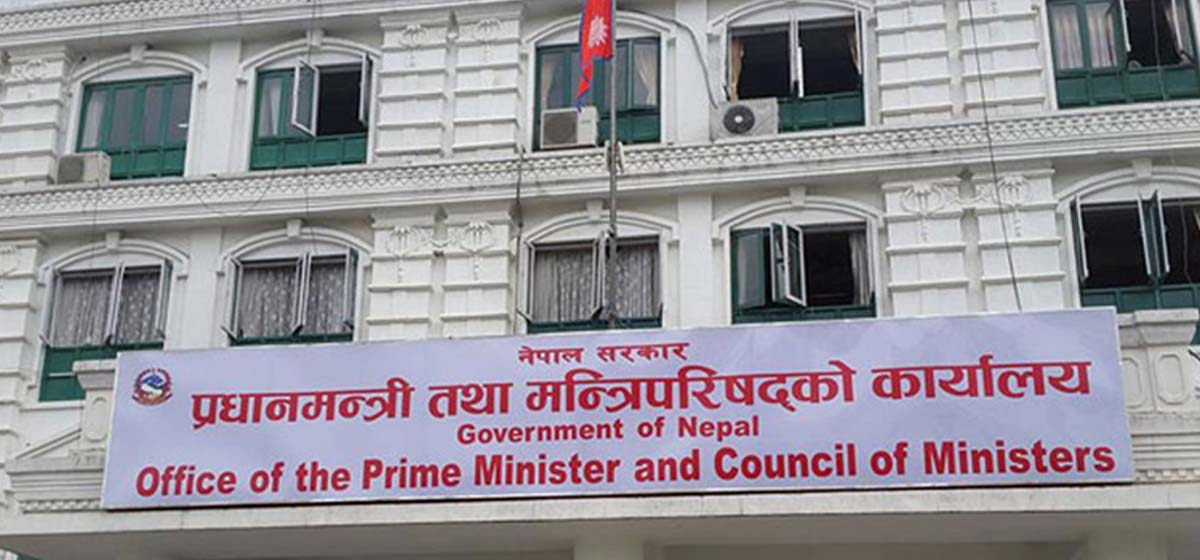

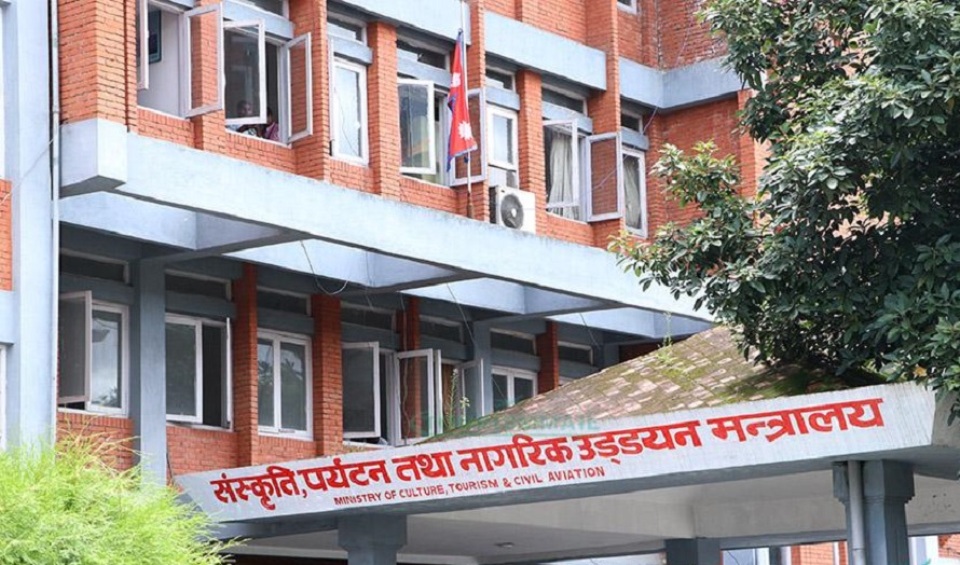



Just In
- EC to tighten security arrangements for by-elections
- Gold price drops by Rs 2,700 per tola
- Seven houses destroyed in fire, property worth Rs 5.4 million gutted
- Police pistol missing after drug operation in Bara, investigation underway
- Truck carrying chemical used in drugs catches fire
- Nepali journalists Sedhai and Kharel awarded second prize at Fetisov Journalism Awards for their exposé on worker exploitation in Qatar World Cup
- Devotees gather at Balaju Park for traditional ritual shower at Baisdhara (Photo Feature)
- PPMO blacklists 33 construction companies




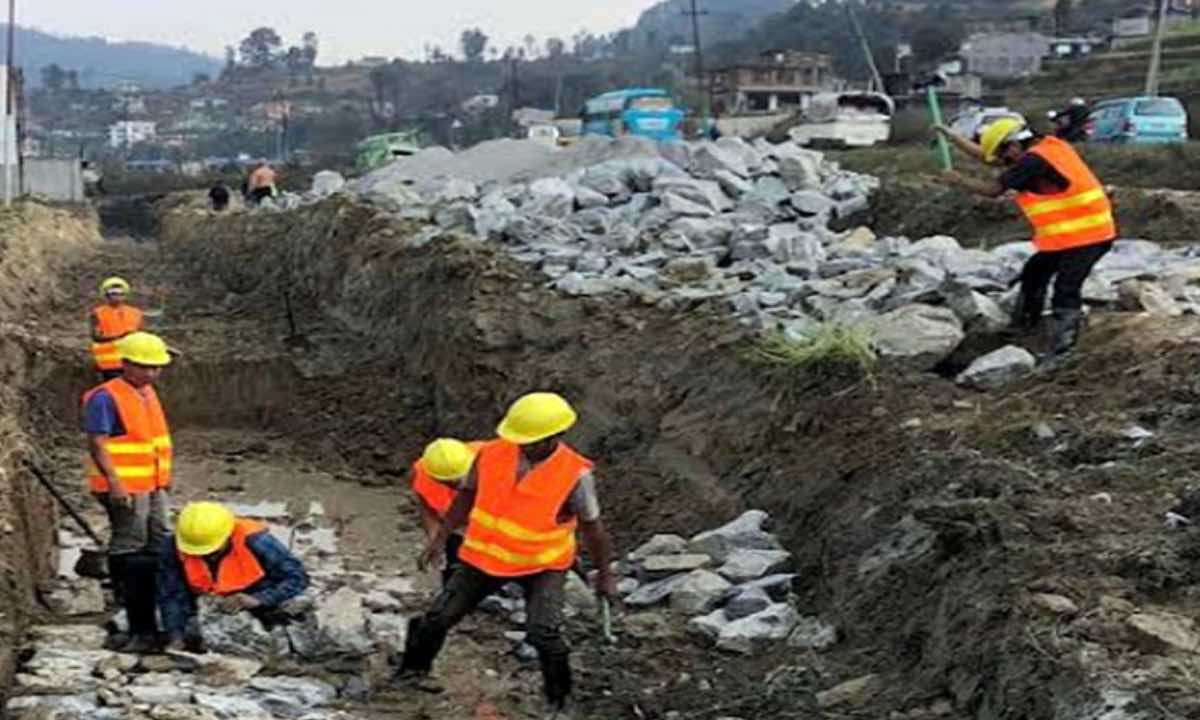




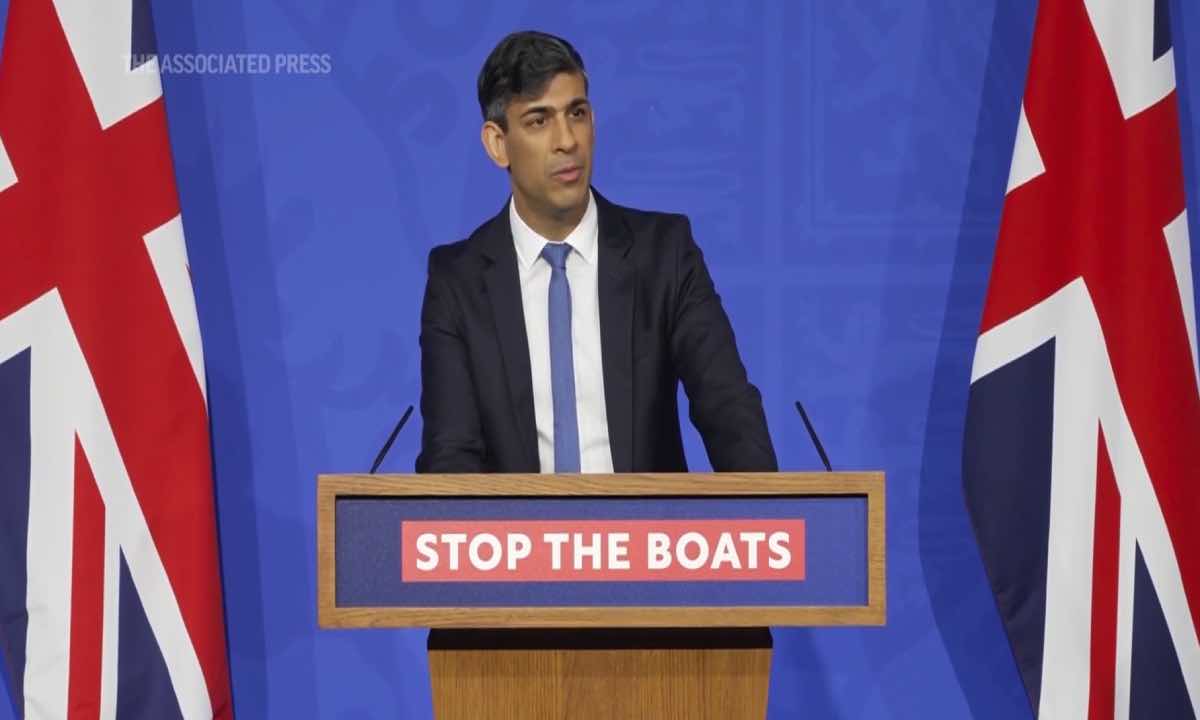
Leave A Comment